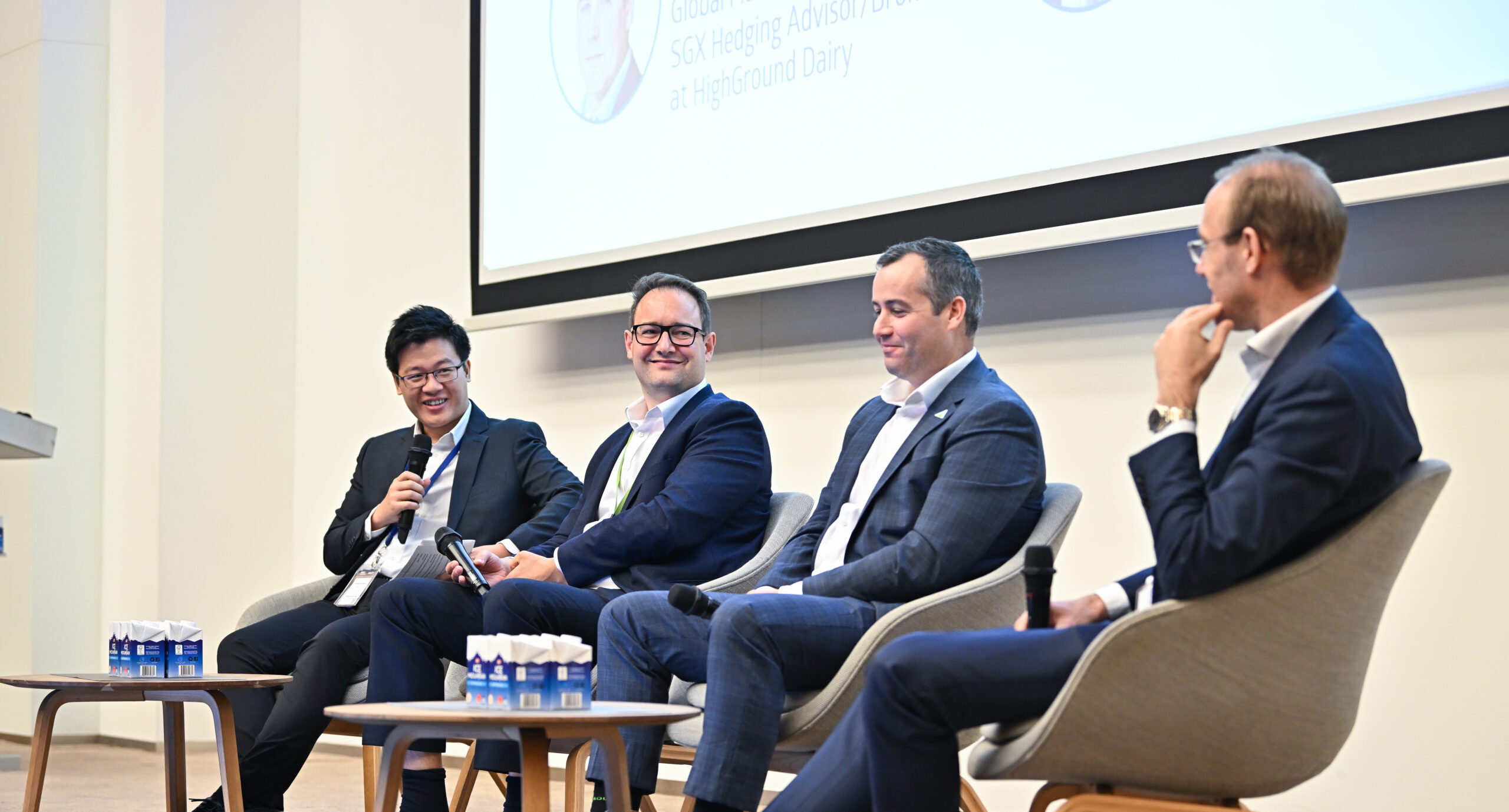
Nilesh Jethwa
CEO of Marex Solutions
One of the most fervent discussions I’m seeing around our trading desk and with our clients relates to bond markets and specifically the risks around rising longer-dated yields.
The balance in the fixed-income market seems fragile right now, perhaps even complacent. The decision by the Bank of Japan (BoJ) to soften the cap on the 10-year yields was just the latest factor pressuring long-dated bond yields higher in many developed markets. In the U.S., the 2- to 10-year yield curve steepened from about -100 bps in early July to -70 bps now, almost entirely driven by the back end.
Indeed, curve-steepening trades are back in fashion, and our desk is starting to see clients positioning for this risk in different ways. Sure, the trend has reversed in the last week after weak Chinese data and anxiety around the U.S. CPI. But we’re seeing investors taking this as an opportunity to reposition, since most of the factors pressuring yields higher remain in play. In the U.S., for example, we have:
-
-
- Government deficit and mounting interest payments
- Commodities bouncing back may prevent inflation from falling as fast
- The U.S. Treasury has relied heavily on bill issuance and will start extending duration in coming auctions
- There’s not much space for the Fed to be more hawkish and anchor the backend of the curve
- Less demand by foreign investors, Japanese for example, given higher local yields
- Symbolic downgrade of U.S. debt by Fitch ratings
-
It remains to be seen if the steepening trend will continue, but if it does, there are three ripple effects for investors to watch out for: First, the impact on banks with a weak balance sheet or exposure to duration mismatches. While important to monitor, I doubt we’ll get a replay of what happened to SVB and other smaller banks earlier this year. This risk is visible now, and the Fed has facilities to mitigate its impact.
Second, the impact on the U.S. economy as borrowing costs (mortgages, corporate loans, etc.) start to increase. In other words, the government is “crowding out” the private sector.
Third, and what I think is the most immediate risk, is the impact on assets further out the risk curve, such as tech stocks. Positioning still seems skewed towards the growth sector after the AI-led rally in mega caps. We’re also watching the recent mania around 0DTE (Zero Days to Expiration options) as a potential source of extra volatility.





